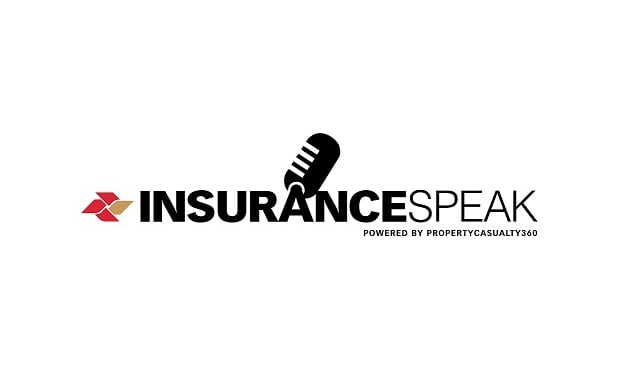Asbestos Fund A Costly Idea, GAO Warns
Washington–With the Senate considering a proposed asbestos injury fund, the Government Accountability Office is warning lawmakers they should be wary because federal compensation programs can soar beyond cost estimates.
The GAO document came in response to a request for a study by House Judiciary Committee ranking member John Conyers, D-Mich., and other Democrats on the committee.
Recommended For You
Want to continue reading?
Become a Free PropertyCasualty360 Digital Reader
Your access to unlimited PropertyCasualty360 content isn’t changing.
Once you are an ALM digital member, you’ll receive:
- Breaking insurance news and analysis, on-site and via our newsletters and custom alerts
- Weekly Insurance Speak podcast featuring exclusive interviews with industry leaders
- Educational webcasts, white papers, and ebooks from industry thought leaders
- Critical converage of the employee benefits and financial advisory markets on our other ALM sites, BenefitsPRO and ThinkAdvisor
Already have an account? Sign In Now
© 2025 ALM Global, LLC, All Rights Reserved. Request academic re-use from www.copyright.com. All other uses, submit a request to [email protected]. For more information visit Asset & Logo Licensing.








